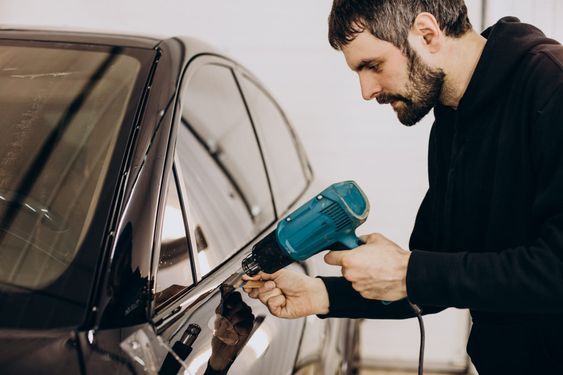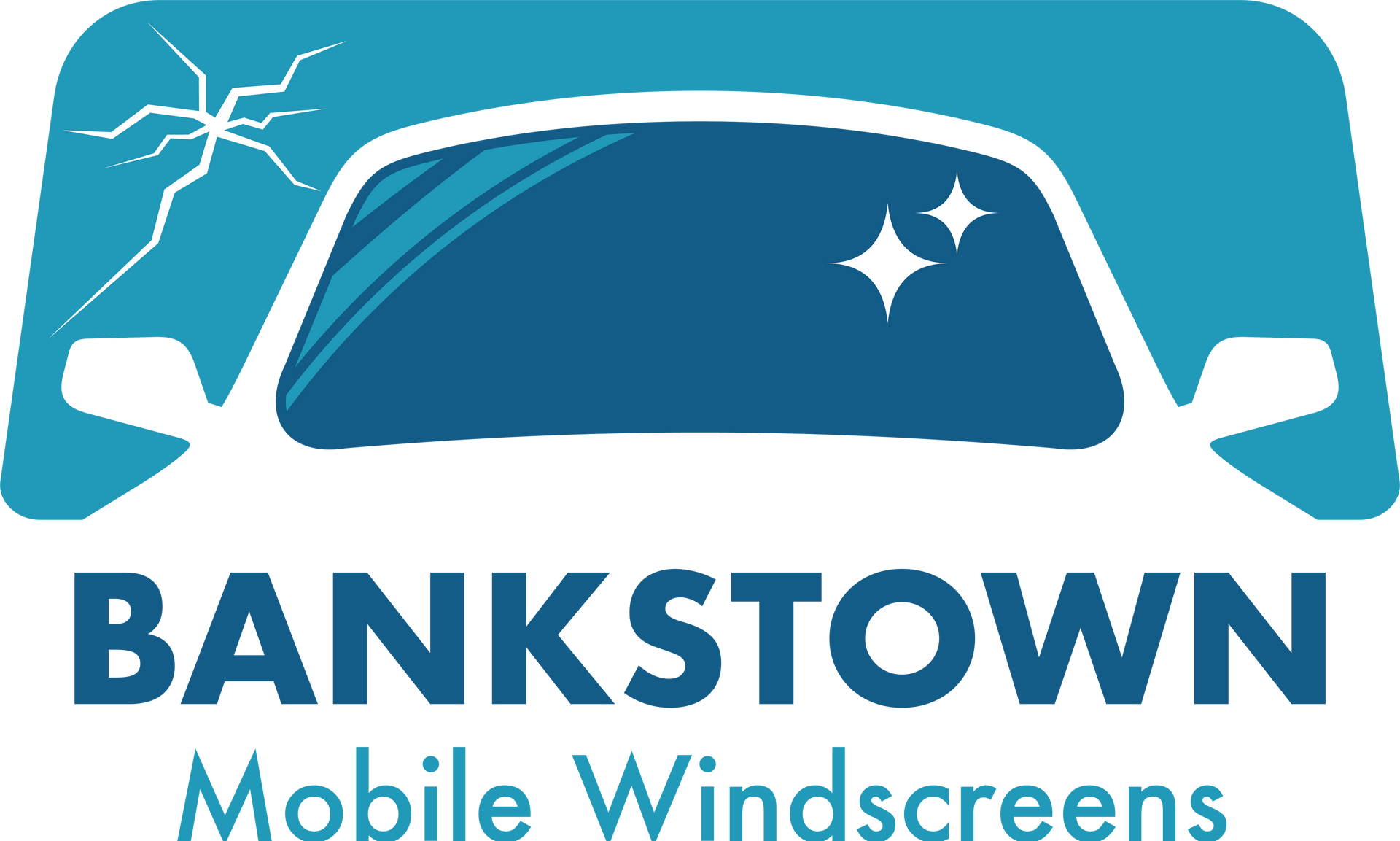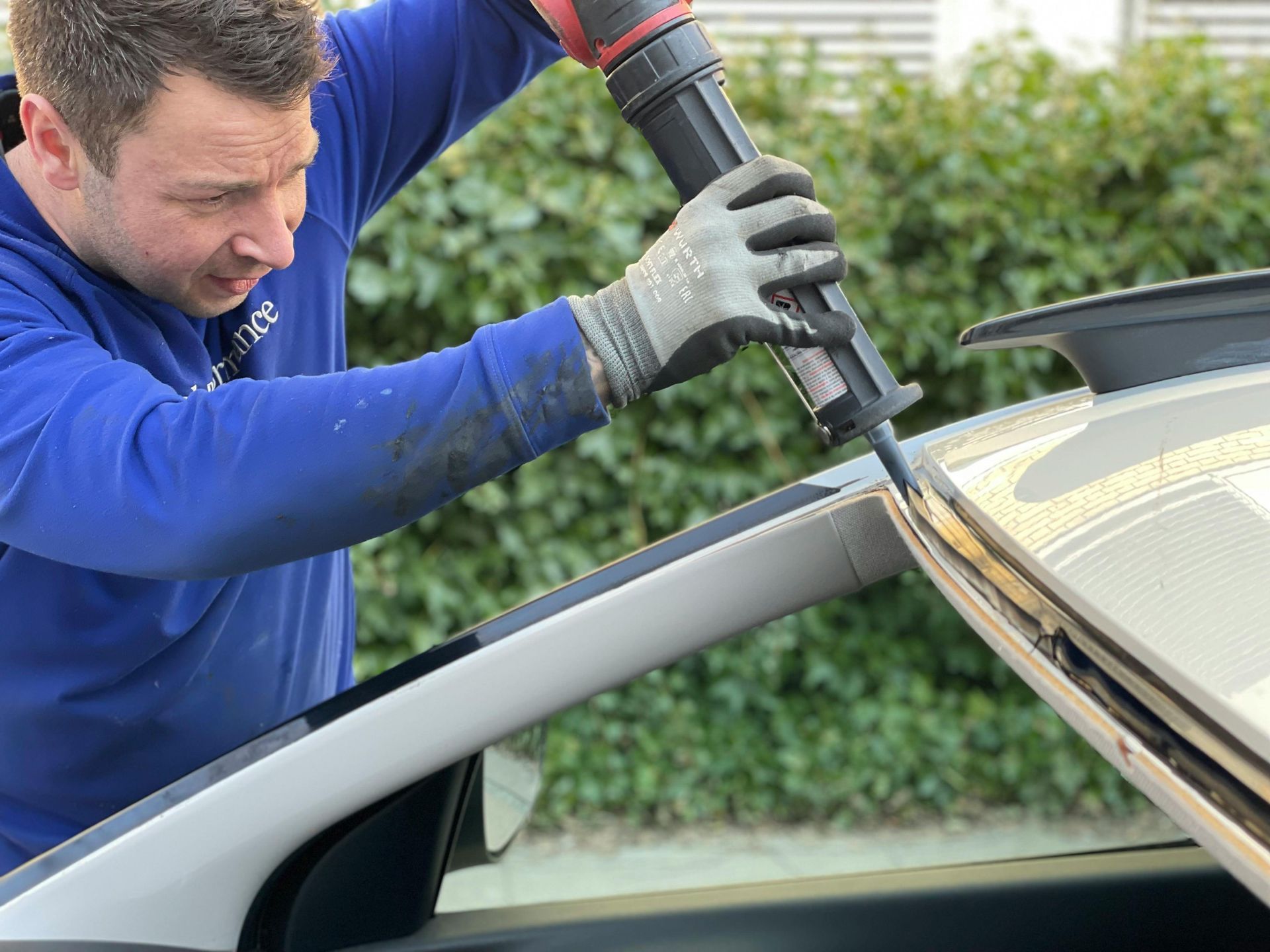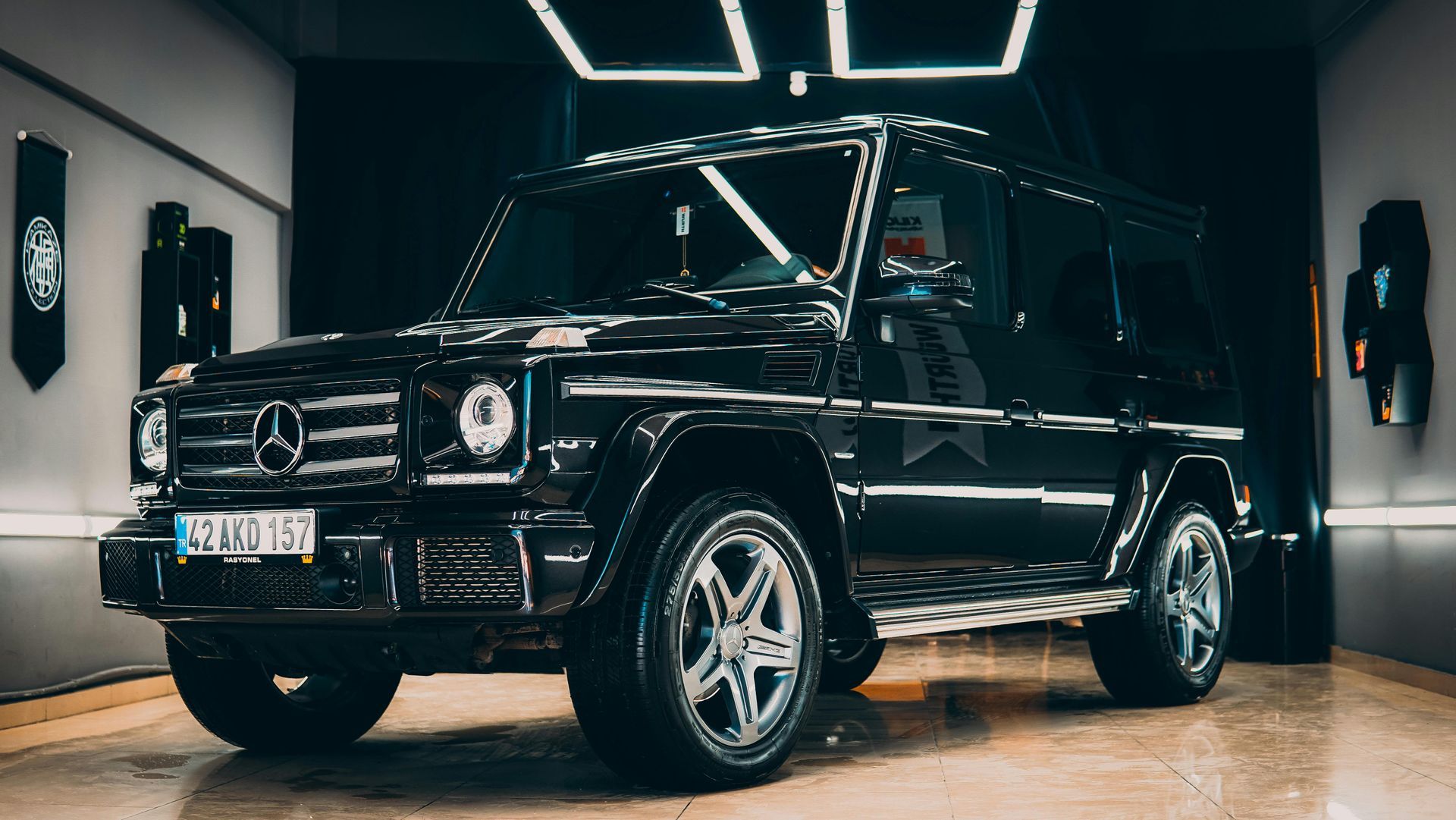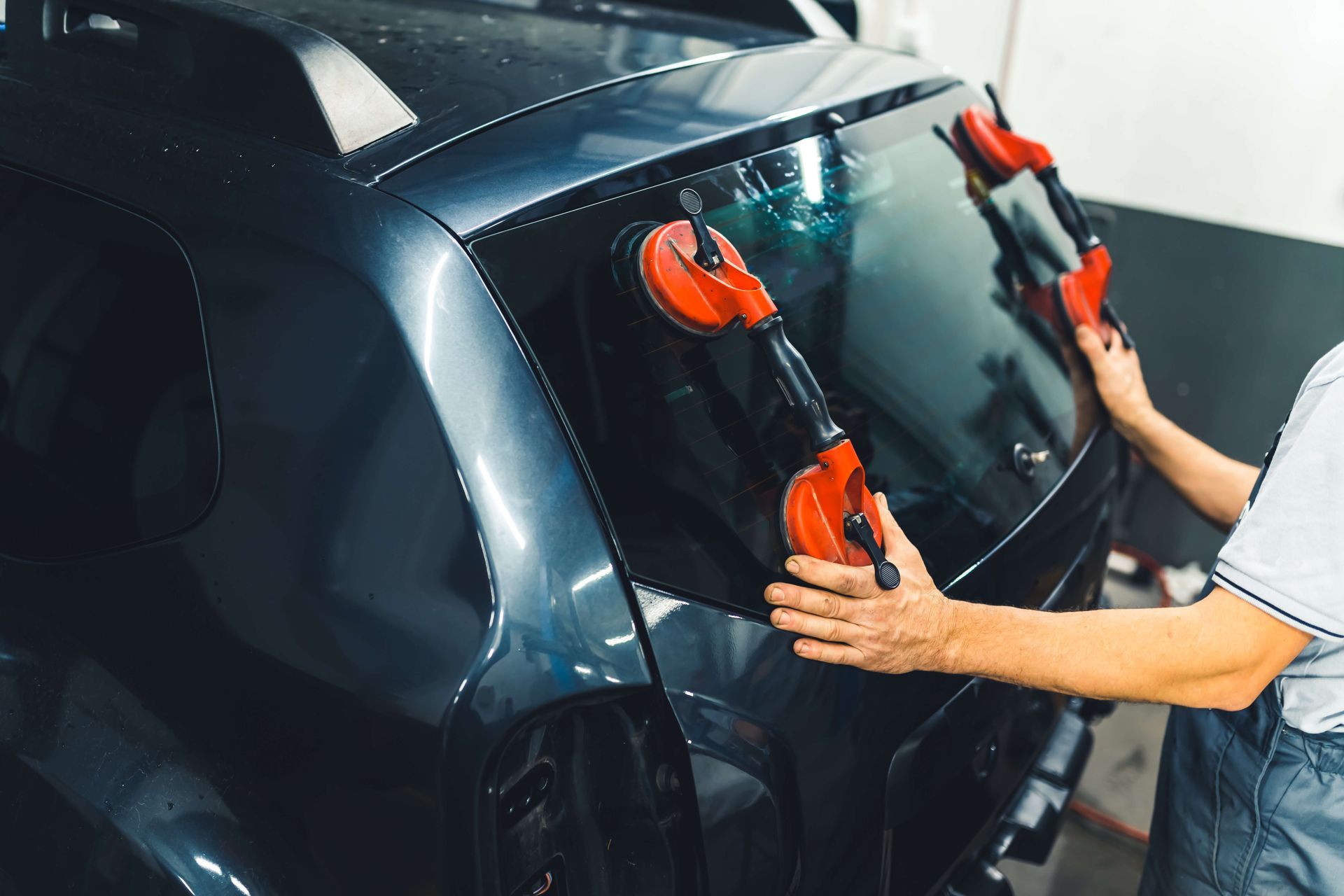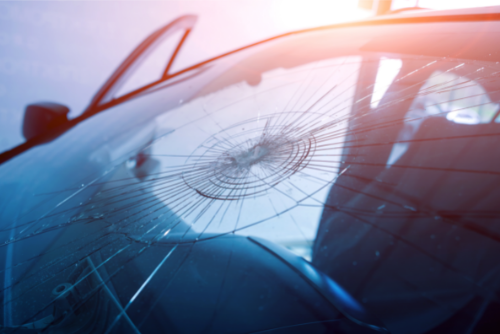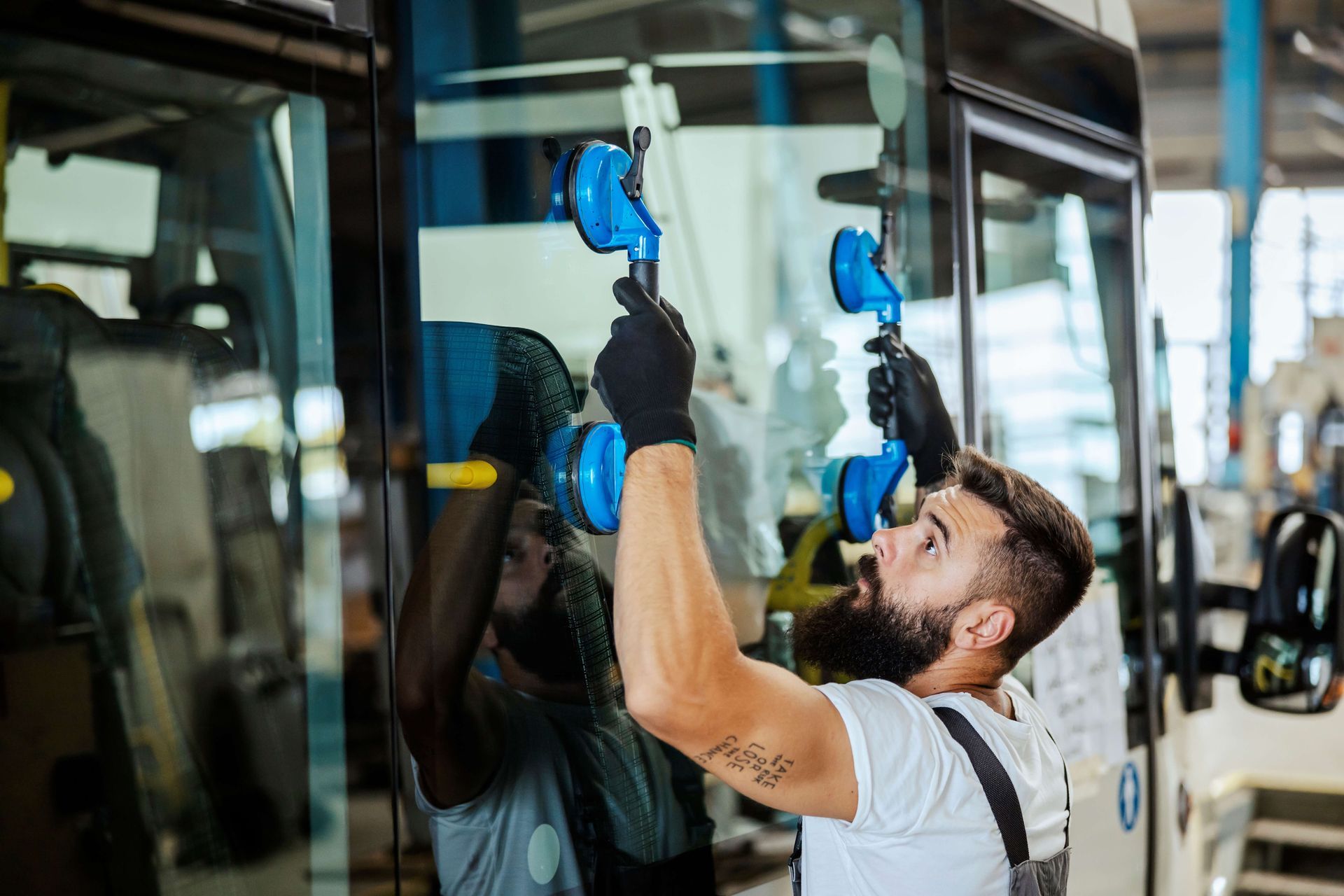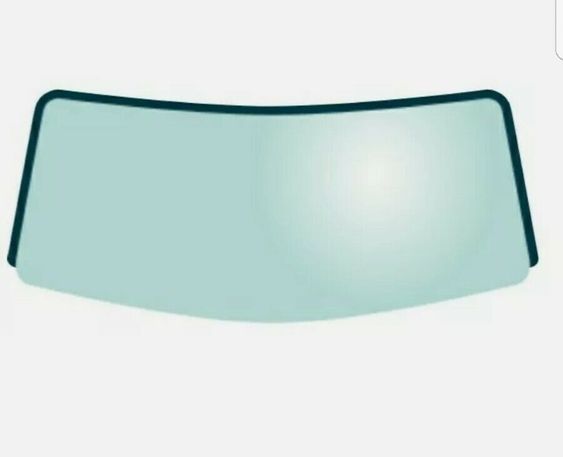Standard vs Gorilla Glass: Which Windscreen Should You Choose for Your Vehicle?
When it comes to windscreen replacement or upgrades, Australian drivers face an increasingly complex decision between traditional laminated glass and advanced Gorilla Glass technology. Your windscreen serves as far more than a simple barrier against wind and weather—it's a critical safety component that provides up to 60% of your vehicle's structural integrity in rollover accidents, supports proper airbag deployment, and shields occupants from road debris and environmental hazards.
The choice between standard and Gorilla Glass windscreens involves balancing multiple factors, including initial cost, long-term durability, safety performance, and specific driving requirements. Whilst both options meet Australian Design Rules and safety standards, they offer distinctly different advantages depending on your vehicle type, driving habits, and performance expectations. Understanding these differences empowers you to make an informed decision that optimises both safety and value for your specific circumstances.
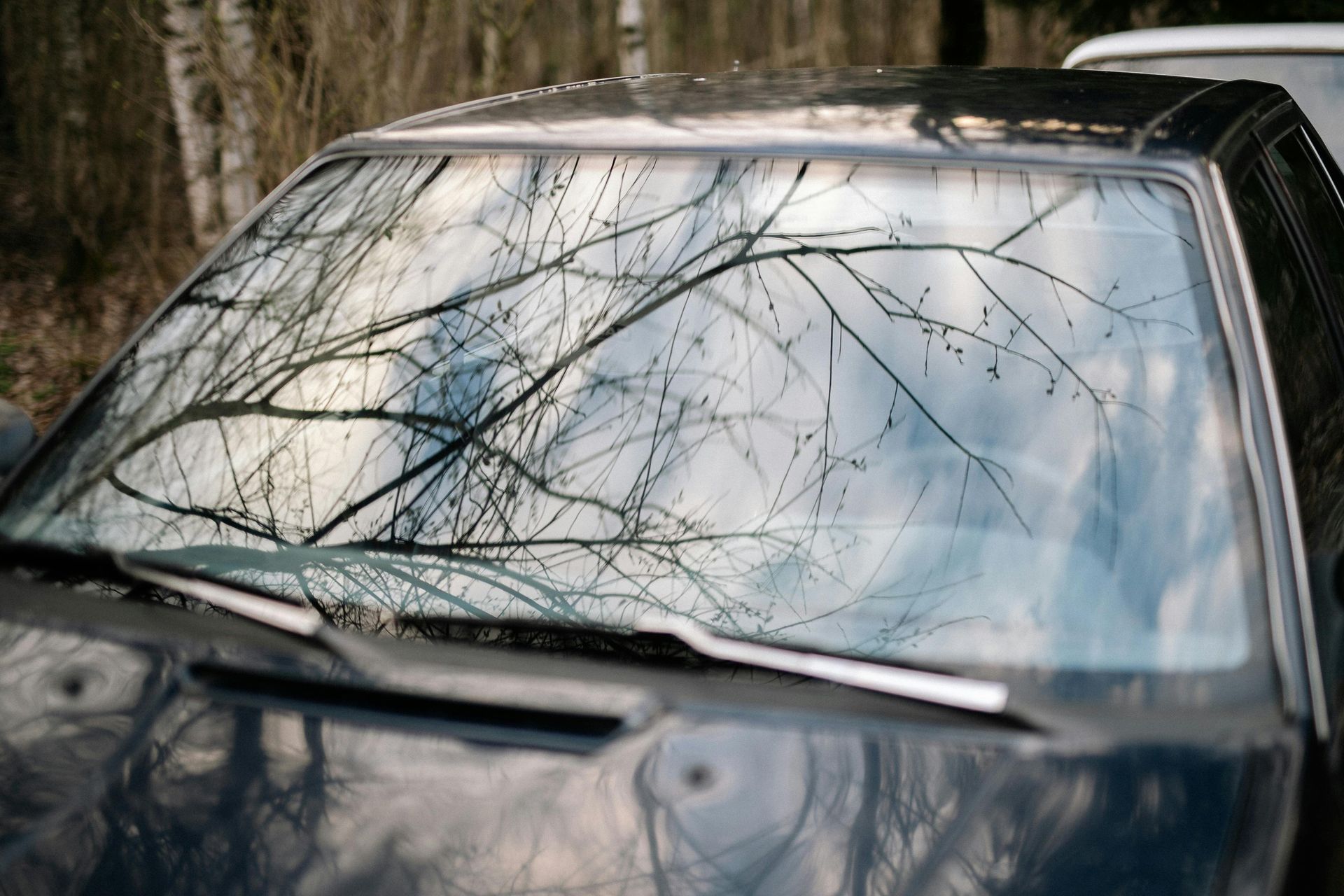
Understanding Standard Laminated Windscreen Technology
Standard laminated windscreens represent decades of automotive safety evolution and remain the most widely used glazing solution across Australian vehicles. This time-tested technology combines two sheets of annealed glass with a polyvinyl butyral (PVB) interlayer, creating a composite structure that maintains integrity even when damaged. The lamination process involves heating and pressure application that permanently bonds these components, resulting in a windscreen that meets stringent safety requirements whilst remaining cost-effective for widespread adoption.
The fundamental design principle behind laminated glass centres on controlled failure characteristics that prioritise occupant protection during impact events. When subjected to force, the outer glass layer may crack or chip, but the PVB interlayer prevents complete separation of glass fragments, maintaining structural continuity and driver visibility. This "spider web" cracking pattern, whilst visually dramatic, actually demonstrates the system working as designed—absorbing impact energy whilst containing potentially dangerous glass shards within the laminated structure.
Modern standard windscreens incorporate several technological improvements over earlier designs, including enhanced PVB formulations that provide better optical clarity, improved UV protection, and superior acoustic dampening properties. Australian-specific requirements mandate additional considerations for extreme temperature variations, intense solar radiation, and diverse environmental conditions that can affect long-term performance. Quality standard windscreens now feature low-iron glass compositions that reduce the greenish tint common in older automotive glass, whilst advanced manufacturing processes ensure consistent thickness and optical quality across the entire surface area.
The versatility of standard laminated glass makes it suitable for virtually every vehicle category, from compact city cars to large commercial vehicles. Manufacturing economies of scale have refined production processes to deliver consistent quality at competitive pricing, whilst established supply chains ensure rapid availability for replacement needs. Professional installation techniques for standard windscreens are well-established across the automotive glass industry, with certified technicians maintaining expertise in proper fitting procedures, sealant application, and quality assurance protocols that ensure optimal performance and longevity.
Gorilla Glass Technology: Advanced Materials for Modern Vehicles
Gorilla Glass represents a revolutionary advancement in automotive glazing technology, applying smartphone and tablet glass innovations to windscreen applications with remarkable results. Developed by Corning Incorporated, this chemically strengthened glass undergoes an ion-exchange process that creates compressive stress layers on the surface, dramatically increasing resistance to damage from impacts, scratches, and thermal stress. The technology replaces smaller sodium ions in the glass matrix with larger potassium ions, creating internal tension that must be overcome before cracks can propagate through the material.
The automotive application of Gorilla Glass typically involves a hybrid construction that combines the chemically strengthened outer layer with traditional laminated glass principles. This approach maintains the safety characteristics required by automotive regulations whilst dramatically improving damage resistance and optical performance. The resulting windscreen can withstand significantly higher impact forces before showing visible damage, and when damage does occur, crack propagation is substantially slower than in conventional glass, often allowing drivers to complete their journeys safely before requiring repair.
The weight reduction capabilities of Gorilla Glass windscreens provide measurable benefits for vehicle performance and efficiency. By enabling thinner glass construction without compromising strength, Gorilla Glass windscreens can reduce overall vehicle weight by several kilograms compared to equivalent standard installations. This weight reduction contributes to improved fuel economy, enhanced handling characteristics, and reduced stress on suspension components over the vehicle's lifetime. For performance vehicles and fuel-efficient models, these benefits can be particularly significant in achieving design targets for acceleration, braking, and fuel consumption.
Optical superiority represents another key advantage of Gorilla Glass technology, with improved clarity, reduced distortion, and enhanced light transmission characteristics compared to standard automotive glass. The chemically strengthened surface maintains its optical properties longer than conventional glass, resisting the microscopic scratches and environmental degradation that can accumulate over time. Advanced manufacturing processes ensure consistent thickness and surface quality that translates to sharper visibility, reduced eye strain during long-distance driving, and improved performance of advanced driver assistance systems that rely on camera-based technologies integrated with windscreen mounting systems.
Comprehensive Performance Comparison: Durability and Real-World Applications
Real-world durability testing reveals significant performance differences between standard and Gorilla Glass windscreens across various impact scenarios common to Australian driving conditions. Stone chip resistance, perhaps the most frequent windscreen damage cause, shows dramatic improvement with Gorilla Glass technology. Independent testing demonstrates that Gorilla Glass windscreens resist chip formation from gravel impacts up to three times better than standard laminated glass, whilst chips that do occur remain smaller and are less likely to propagate into larger cracks requiring complete windscreen replacement.
Environmental stress resistance varies considerably between the two technologies, particularly relevant for Australian drivers who face extreme temperature variations, intense UV exposure, and diverse weather conditions. Standard laminated glass can experience thermal stress cracking when subjected to rapid temperature changes, such as hot summer days followed by sudden cooling from air conditioning or storm activity. Gorilla Glass's enhanced thermal stability reduces this vulnerability, maintaining structural integrity across wider temperature ranges whilst resisting the expansion and contraction cycles that can exacerbate existing damage in conventional windscreens.
Long-term durability assessment requires consideration of degradation mechanisms that affect both glass types over extended service periods. Standard laminated windscreens may experience PVB interlayer degradation from prolonged UV exposure, leading to delamination or optical distortion that necessitates replacement even without impact damage. Gorilla Glass windscreens demonstrate superior resistance to environmental degradation, maintaining optical clarity and structural integrity longer than conventional alternatives. However, when damage does occur to Gorilla Glass, repair complexity and cost considerations may favour complete replacement over attempted repair, particularly for larger damage areas.
Off-road and high-risk driving applications showcase the most dramatic performance differences between standard and Gorilla Glass windscreens. Four-wheel-drive enthusiasts, rural drivers, and commercial vehicle operators who frequently encounter gravel roads, construction zones, or areas with significant debris hazards benefit substantially from Gorilla Glass's enhanced impact resistance. Case studies from mining operations, agricultural applications, and recreational off-road use demonstrate significantly reduced windscreen replacement frequency when upgrading to Gorilla Glass technology, often justifying the higher initial investment through reduced maintenance costs and improved operational reliability.
Cost Analysis and Long-Term Value Considerations
Initial purchase price represents the most obvious difference between standard and Gorilla Glass windscreens, with Gorilla Glass typically commanding a 50-100% premium over equivalent standard replacements. However, comprehensive cost analysis requires evaluation of total ownership expenses, including replacement frequency, insurance implications, and associated costs such as installation time, vehicle downtime, and potential safety risks from damaged windscreens. For high-mileage drivers or those operating in challenging conditions, the superior durability of Gorilla Glass can offset initial cost premiums through extended service life and reduced replacement frequency.
Insurance considerations vary significantly between standard and Gorilla Glass windscreens, with some policies specifically covering premium glass options, whilst others may require additional coverage or impose higher excess fees. Comprehensive motor vehicle insurance typically covers windscreen replacement regardless of glass type, but policy terms may differentiate between standard and premium replacements. Some insurers recognise the safety benefits of advanced glass technology and offer premium discounts for vehicles equipped with enhanced glazing systems, whilst others may increase premiums to reflect higher replacement costs.
Resale value implications merit consideration for drivers who plan to sell or trade their vehicles within several years of windscreen replacement. Premium glass installations may enhance vehicle value, particularly for luxury, performance, or off-road oriented models where buyers expect advanced safety and durability features. However, the resale premium rarely equals the full initial cost difference, making Gorilla Glass selection primarily a decision based on personal safety priorities and driving requirements rather than pure financial return considerations.
Regional availability and service network considerations significantly impact long-term ownership costs for both glass types. Standard laminated windscreens benefit from universal availability and competitive installation pricing across Australia, with mobile service options and rapid replacement capabilities in most areas. Gorilla Glass installations may require specialised suppliers and certified installation technicians, potentially increasing lead times and service costs, particularly in regional areas where advanced glass technology adoption may be limited.
Application-Specific Recommendations for Australian Drivers
Urban and suburban driving conditions generally favour standard laminated windscreens for their cost-effectiveness and adequate protection against typical city hazards. Melbourne, Sydney, Brisbane, and Perth drivers who primarily navigate sealed roads with occasional highway travel rarely encounter the extreme impact conditions that justify Gorilla Glass premiums. However, urban drivers should consider Gorilla Glass if their vehicles are parked in high-vandalism areas, frequently travel construction zones, or if the enhanced optical clarity provides significant value for night driving or adverse weather visibility.
Highway and rural driving applications present more complex decision criteria that often favour Gorilla Glass technology. Long-distance commuters, regional drivers, and those who regularly travel on unsealed or partially sealed roads face significantly higher stone chip risks that can rapidly damage standard windscreens. The combination of higher vehicle speeds, increased debris exposure, and potentially longer distances to repair facilities makes Gorilla Glass's superior impact resistance particularly valuable. Additionally, rural drivers may encounter more wildlife, severe weather, and other hazards where windscreen integrity becomes critical for safety.
Commercial and fleet applications require careful analysis of operational requirements, maintenance budgets, and risk management priorities. Delivery vehicles, service trucks, and commercial passenger vehicles operating in urban environments may find standard windscreens adequate for their needs, whilst construction, mining, and agricultural vehicles often justify Gorilla Glass investments through reduced replacement frequency and improved operational reliability. Fleet managers should consider a comprehensive total cost analys,is including vehicle downtime, driver safety risks, and replacement logistics, when evaluating glass technology options.
Recreational and performance vehicle applications frequently benefit from Gorilla Glass technology due to enhanced driving conditions and higher performance expectations. Four-wheel-drive enthusiasts, motorcycle tourers with windscreen-equipped bikes, recreational vehicle owners, and sports car drivers often prioritise safety and durability over initial cost considerations. The weight reduction benefits of Gorilla Glass can provide measurable performance improvements for track-day vehicles, whilst the enhanced durability proves invaluable for off-road adventures where windscreen damage could compromise safety in remote locations.
Professional Installation and Maintenance Considerations
Proper installation techniques vary between standard and Gorilla Glass windscreens, requiring specialised knowledge and certified procedures to ensure optimal performance and safety compliance. Standard laminated glass installation follows well-established procedures that most automotive glass technicians can perform competently, utilising conventional adhesives, primer systems, and curing protocols. However, Gorilla Glass installations may require specific handling procedures, specialised cutting tools, and modified adhesive systems designed to accommodate the different expansion characteristics and surface properties of chemically strengthened glass.
Quality assurance protocols become particularly critical for Gorilla Glass installations due to the higher replacement costs and performance expectations associated with premium glass technology. Professional installers must verify proper fit, adhesive coverage, and curing conditions to ensure the installation meets manufacturer specifications and Australian Design Rule requirements. Any installation defects that might be acceptable for standard glass could significantly compromise the performance advantages that justify Gorilla Glass selection, making professional installation quality non-negotiable.
Maintenance requirements differ subtly between standard and Gorilla Glass windscreens, with both requiring regular cleaning and inspection to maintain optimal performance. However, Gorilla Glass surfaces may be more sensitive to certain cleaning chemicals or abrasive materials that could affect the chemically strengthened surface layer. Professional maintenance recommendations typically specify appropriate cleaning products and techniques that preserve the glass's enhanced properties whilst maintaining optical clarity and surface integrity over extended service periods.
Repair considerations vary significantly between glass types, with standard laminated windscreens offering well-established repair procedures for small chips and cracks that may not be applicable to Gorilla Glass constructions. Professional assessment becomes crucial for determining the repairability of damaged Gorilla Glass, as improper repair attempts could compromise the chemically strengthened layer and negate the technology's benefits. In many cases, complete replacement may be recommended for Gorilla Glass damage that might be repairable in standard glass, affecting long-term maintenance cost calculations.
Conclusion
The decision between standard laminated glass and Gorilla Glass windscreens ultimately depends on your specific driving requirements, budget considerations, and safety priorities. Standard windscreens continue to provide excellent value for urban drivers, budget-conscious consumers, and applications where enhanced durability isn't critical. Their proven reliability, universal availability, and cost-effective replacement make them suitable for the majority of Australian drivers who prioritise practicality and affordability.
Gorilla Glass technology offers compelling advantages for drivers who face higher-risk conditions, prioritise long-term durability, or seek performance benefits from reduced weight and enhanced optical clarity. The superior impact resistance, environmental stability, and advanced materials justify the premium pricing for off-road enthusiasts, high-mileage drivers, and safety-conscious consumers willing to invest in advanced protection technology.
Consider your typical driving environment, vehicle usage patterns, and long-term ownership plans when making this decision. Professional consultation with certified automotive glass specialists can provide personalised recommendations based on your specific vehicle and requirements, ensuring you select the optimal glazing solution for your circumstances.
About Bankstown Windscreens
Bankstown Windscreens delivers comprehensive windscreen repair and replacement services throughout Sydney, specialising in both standard laminated glass and advanced Gorilla Glass installations. Our certified technicians possess extensive experience with diverse glass technologies and can provide expert guidance on selecting the optimal windscreen solution for your vehicle and driving requirements. We maintain partnerships with leading glass manufacturers to ensure access to premium materials and cutting-edge technology, whilst our mobile service capabilities bring professional installation directly to your location. Whether you need emergency chip repair, complete windscreen replacement, or consultation on upgrading to advanced glass technology, Bankstown Windscreens combines technical expertise with exceptional customer service to keep you safely on the road. Contact us today for professional advice and reliable service that prioritises your safety and satisfaction.
